Combat aircraft. Another Fallen Comet
This aircraft is considered (deservedly) one of the most beautiful combat vehicles of the Second World War. But, in addition to beautiful forms, it turned out to be a very interesting machine in many respects. Having conquered, like many colleagues, from the beginning (almost) to the end of that war.
In general, our hero is the D4Y Yokosuka deck reconnaissance bomber, known in Japan under the name Suisey (Comet) and called the Judy allies.
Although for the sake of justice, I note that the Yankees did not particularly bother with the analysis of Japanese technology, so ALL of their single-engine bombers had a “Judy”.
But let's not be like the Americans and take apart the plane and its history on the cogs, especially since there will not be just a lot of analogies and parallels here. Not a single plane had them as much as with this handsome man. But - to take off ...
Yes, the D4Y was the second aircraft after the Ki-61, originally designed for a liquid-cooled engine. But in the process of modifications, both aircraft received air-cooled engines familiar to Japan. So appeared at the end of the war Ki-100 and D4Y3.
Like the deadly charming “Mosquito”, the “Comet” was designed as a bomber, went into battle (well, for military use) went as a long-range reconnaissance, and at the end of the war tried himself as a night fighter.
Very similar, isn't it? Except that the multi-purpose Mosquito is still respected as one of the most interesting aircraft in the camp of the winners, but the Comet ... Alas, this is the fate of all the losers.
Japanese naval bombers are a separate issue, because as I have said more than once, aviation fleet and the land army developed in completely different ways. Up to airborne weapons, the fleet and the army themselves chose license / technology suppliers, and do not bring the Buddha to cross their paths. But I repeat, in general, a separate topic of research.
The main striking force of Japanese naval aviation was not torpedo bombers, but bombers. The development of bombers in Japanese naval aviation was actually the responsibility of the Germans.
The collaboration was very long, since 1931, when the Japanese fleet ordered from Heinkel a plane, which became the first Japanese dive bomber. This is Aichi D1A1, which is essentially Heinkel He.50.
True, is it not easy to distinguish if it were not for the insignia?
Then everything went the same way, the Germans frantically designed the planes, compensating for the losses of the Treaty of Versailles, and the Japanese quietly riveted licensed (and not so) copies. D3A1, the next creation from Aichi was made under the influence of He.70.
In order for naval aviation to be a cut above the ground (it was impossible to live in the Japanese army without such social competition), it was necessary to change the models in service on time. And in 1936, having just adopted the D3A1, Japanese naval specialists were puzzled by the replacement of the bomber.
And - naturally - let's go to Germany! And again, as expected, it turned out not at Messerschmitt, but at Heinkel. Where is Mr. Hugo Heinkel, who has just lost the tender for the supply of a dive bomber in the Luftwaffe (he won, of course, the Junkers Ju-87), was tormented by the problem of where to place He.118.
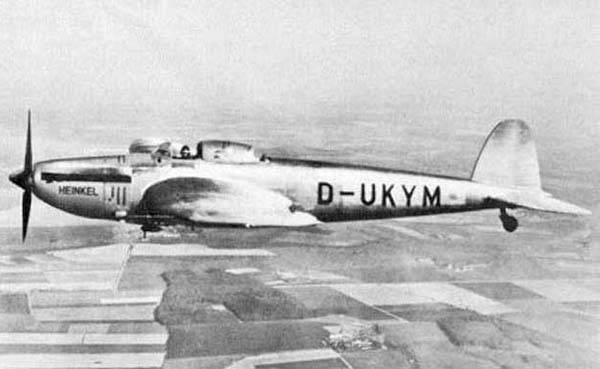
A small such aircraft, with a lot of innovations, but with a tarnished reputation in terms of reliability. But the Japanese hardly knew about it, because the imperial fleet in February 1937 acquired from Heinkel one of the prototypes and a license for its production.
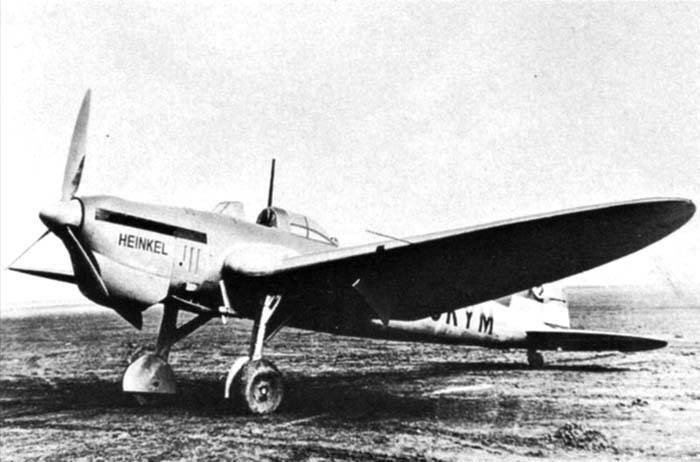
By the way, the army also bought such a plane for its own purposes, but nothing sensible came out of it either.
Japanese naval designers and engineers staged a series of tests for Heinkel, during which they smashed the purchased copy to smithereens. Then He.118 was found unsuitable for carrier-based as very heavy (actually not, only 4 tons) and the Japanese refused to Heinkel to order these aircraft.
Having changed their minds about copying, the Japanese decided to modify it to their needs. They already knew how, so on a non-competitive basis the task was given to the First Naval Aviation Technical Arsenal in Yokosuk to do "Like He.118, but better."
The plane was supposed to become lighter, smaller, faster. The bomb range and armament could be left from Heinkel.
And it turned out!
Based on the general design decisions of He.118, the Japanese designed a very compact all-metal midplane. Its wing span was even less than that of the A6M2 Zero fighter, which made it possible to dispense with the folding mechanism of the consoles, thereby saving weight.
Despite the more compact dimensions than the predecessor D3A1, the designers managed to place the same fuel supply on the plane, and even to allocate a compartment for the internal suspension of a 500 kg bomb.
From Heinkel, the Comet inherited the developed wing mechanization. In particular, on each console there were three electric aerodynamic brakes.
Bomb weapons, in addition to a 500 kg bomb inside the fuselage, could also include a pair of 30 kg or 60 kg bombs on the outside of the underwing suspensions.
A significant step forward, since the D3A1 could carry only a 250-kg bomb, and even on external sling. Could, of course, raise 500 kg, but due to less fuel.
Small arms remained consistently weak, two synchronous machine guns of 7,7 mm caliber and one 7,92 mm machine gun on the turrets in the rear of the cabin.
And we already wrote about the motor. It was the same luxurious 12-cylinder Daimler-Benz DB601A. Yes, non-traditional liquid cooling in Japan. For the fleet, it was launched by Aichi under the brand name Atsuta 21. Moreover, the Japanese saved a little by not buying a license for a fuel injection system from Bosch. Therefore, they tried for a very long time to invent something of their own, but the Aichi engineers could not cope, and therefore (oh, horror !!!), I had to use a system from the Mitsubishi company, developed for the army version of the motor.
Yes, the DB601A was also manufactured for the needs of land aviation under the designation Na-40 by Kawasaki. Which, too, squeezed money for the system from "Bosch" and twisted itself, but unlike the naval ones, it got out with the help of "Mitsubishi".
In general, everything that was at hand was put on the Comet. While the engineers were busy with the injection system, “Atsuta 11” engines, which was a DB600G with a capacity of 960 hp, were put on the first copies. A batch of such motors was purchased in Germany, but not produced. Then, on poverty, they also installed Atsuta 12 engines. These were imported DB601A.
And strangely enough, it was the motor that caused the supply of the aircraft to be interrupted, since for the entire 1941 Aichi was able to overpower only 22 motors. A full-fledged serial production was established only in the middle of 1942. Then “Comet” fully went into the series, and it was already possible to seriously talk about replacing the aging D3A1.
However, along with the series, problems began. Inevitable when testing new technology, but nevertheless, when flutter of the wing occurs during diving - this is really a problem, since the bomber is diving ...
And while the designers fought with a sudden flutter, the military decided to use the aircraft as a deck reconnaissance. The scout does not need to dive, and there, you look, and they will get to the bottom of the problem.
So the dive bomber became a scout. Alterations were minimal, another fuel tank was installed in the bomb bay, plus external locks for small bombs were strengthened so that instead of a 60-kg bomb, a 330-liter tank could be suspended.
The standard small arms were retained, the photo equipment was a Konika K-8 camera with a 250 mm or 500 mm lens. The scout showed excellent flight data - the maximum speed reached 546 km / h, that is, more than the latest A6MZ fighter. And the range exceeded 4 km.
It was a reconnaissance prototype that was discovered by American aircraft carriers at the Battle of Midway. In general, the D4Y1 (as the scout was listed) showed outstanding performance. Its range significantly exceeded that of the Nakajima B5N2, previously used as a deck reconnaissance. Therefore, on July 6, 1942, a decision was made to adopt the "marine-type deck-type reconnaissance aircraft model 2 model 11", or D4Y1-C.
In total, about 700 were released (data vary from 665 to 705) reconnaissance aircraft, which fought until the last days of the war. Pilots loved the aircraft for its ease of control and high flight performance. Among the shortcomings were the lack of armor and protection of gas tanks, but this was a sore spot for almost all Japanese aircraft of that period.
Technicians complained about problems with the maintenance of Atsuta 21 engines, but this was more likely a result of insufficient training in using the liquid cooling engine than with the shortcomings of the engine itself.
Meanwhile, the designers again taught to dive the bomber version. The wing structure was significantly strengthened and air brakes improved. As such, in March 1943, the aircraft was put into service under the designation “Suisey Model 11 marine bomber.”
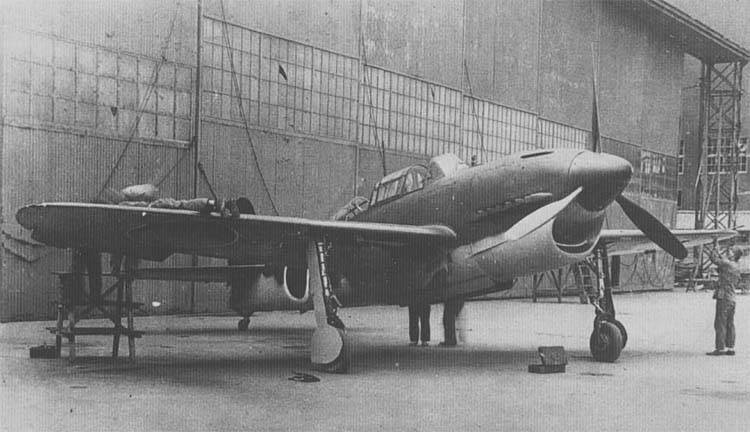
By the beginning of 1944, the pace of production of "Comets" reached 90 cars per month. This allowed in February-March to begin the rearmament of seven air units at once on D4Y1 to begin coast-based deployment.
Around the same time, "Comets" appeared on the decks of aircraft carriers. In particular, the ships of the 1st aircraft carrier squadron (Taiho, Sekaku, Zuikaku) received new vehicles.
For the 2nd aircraft carrier squadron ("Juno", "Hiyo" and "Ryujo"), "Comets" also appeared, but in smaller numbers.
In June 1944, both squadrons entered the battle for the Mariana Islands. Almost all combat-ready forces of Japanese carrier-based aviation took part in this battle. At the combined aircraft carrier command under the command of Vice Admiral Ozawa, there were 436 aircraft, including 73 "Comets" - 57 bombers and 16 reconnaissance aircraft.
The first success of "Comets" took place two days after the start of the battle for the Mariana Islands. A group of dive bombers attacked a group of five escort aircraft carriers. Missed all the crews, except for one. One 250-kg bomb pierced the deck of the Feng Shui Bay aircraft carrier and exploded inside an aircraft hangar.
The Americans were lucky, they were able to quickly put out the fire, and the torpedoes lying in the hangar did not detonate. Feng Shui Bay crawled into Pearl Harbor and got up for repairs there.
On June 18, a battle took place that the Americans called the "great Marian turkey hunt." It was a battle of aircraft carriers against aircraft carriers, and the Americans won by shooting down 96 aircraft, of which 51 were Comet. Nine more dive bombers went to the bottom along with the sunken aircraft carriers "Taiho" and "Sekaku".
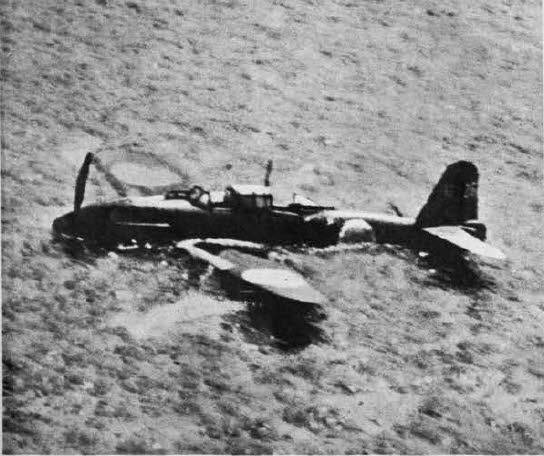
The Japanese had absolutely nothing to brag about.
During the battles for the Mariana Islands it turned out a nice (for some Japanese pilots) bonus. Speed D4Y1, which allowed to leave without losses at those moments when, for example, the B6N suffered heavy losses from American fighters.
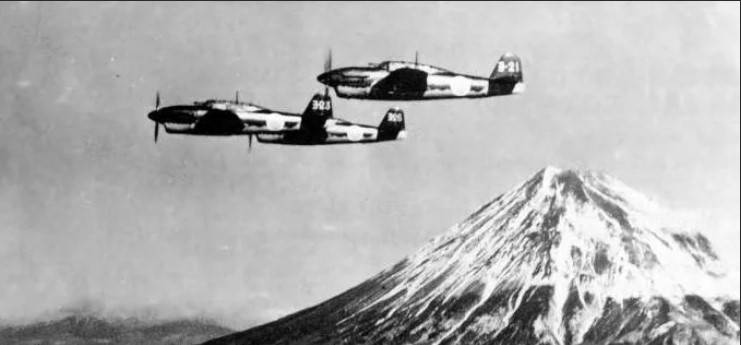
By the end of 1943, a modification of the AE1R Atsuta 32 engine with a capacity of 1400 hp went into the series. The D4Y2 model 12 dive bomber was designed for this engine. The new version differed from its predecessor not only by a more powerful engine, but also by its increased fuel supply. However, the Japanese, as before, spat on survivability. Armor protection of the cockpit, as before, was absent, and the fuel tanks were not protected.
True, the 22A model with reinforced weapons went into the series. Instead of a 7,92-mm machine gun, a 13-mm Type 2 machine gun was installed in the observer’s cabin. This was already an achievement in itself, since the armament of Japanese aircraft for a very long time did not withstand any criticism at all.
Well, the last modification was the "deck dive bomber" Type 2 Suisey model 33 ", or D4Y3.
An epoch-making decision was made to replace the liquid-cooled engine with an air vent. Aichi specialists have calculated the possibility of installing a star-shaped air-cooled engine on an airplane. The Mitsubishi firm MK8R Kinsay 62 motor with a capacity of 1500 liters was considered the most suitable. from.
The aircraft also received increased vertical plumage type D4Y2-S. The fuel supply was significantly reduced - from 1540 to 1040 liters.
Everyone liked the test results. Yes, the larger diameter of the engine somewhat worsened the visibility during the approach, but since the Japanese fleet had already practically lost all aircraft carriers, the naval aviation almost completely switched to coast-based operations at that time, and this was not critical at the land airport.
But the bomb load increased sharply - two underwing nodes after reinforcement allowed the suspension of 250 kg bombs. To ensure takeoff from short runways or from light aircraft carriers, the possibility of suspension under the fuselage of three powder accelerators “Type 4-1 model 20” with a thrust of 270 kg each was provided.
The second half of 1944 was marked by the beginning of the destruction of Japanese aviation. Fights for Formosa and the Philippines cost the Japanese command a huge number of aircraft. The battles were fought with tremendous stress and were accompanied by a huge number of downed planes.
October 24, probably, "Comets" reached their maximum success in the war. When the combined forces of both fleets (73 attack aircraft and 126 fighters) started for another raid on American ships, several aircraft managed to approach the American ships in the clouds and attack them.
A D4Y bomb hit three decks of the Princeton aircraft carrier and exploded in the galley, causing a fire. The flame reached the hangar deck, where there were tucked and armed Avengers ...
In general, everything that could explode and detonate in a fire detonated and exploded. Not only the aircraft carrier was destroyed, but the Birmingham cruiser, which was suitable for participation in the rescue operation, was also seriously damaged.
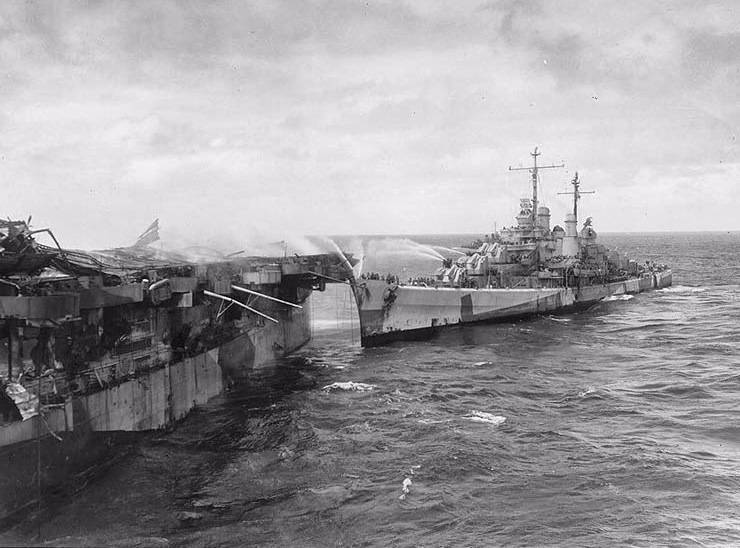
So with one bomb a warship was sunk, and the second received severe damage.
D4Y of all three modifications were used as kamikaze aircraft. And it’s very active, which was facilitated by a good speed and the ability to take enough explosives on board.
Acting in the usual style, that is, with bombs, the "Comets" on October 30, 1944, once again reached the "Franklin" and again thoroughly damaged the aircraft carrier. On the same day, a kamikaze on the D4Y crashed into the deck of the Belle Wood aircraft carrier.
Hancock, Cabot and Intrepid aircraft carriers, Colorado battleship, St. Louis and Montpellier cruisers damaged the kamikaze on November 25 and 27. D4Y took part in all the attacks, but it’s not possible to say exactly who was successful, the comet kamikaze pilots or the kamikaze pilots working with them on the Zero.
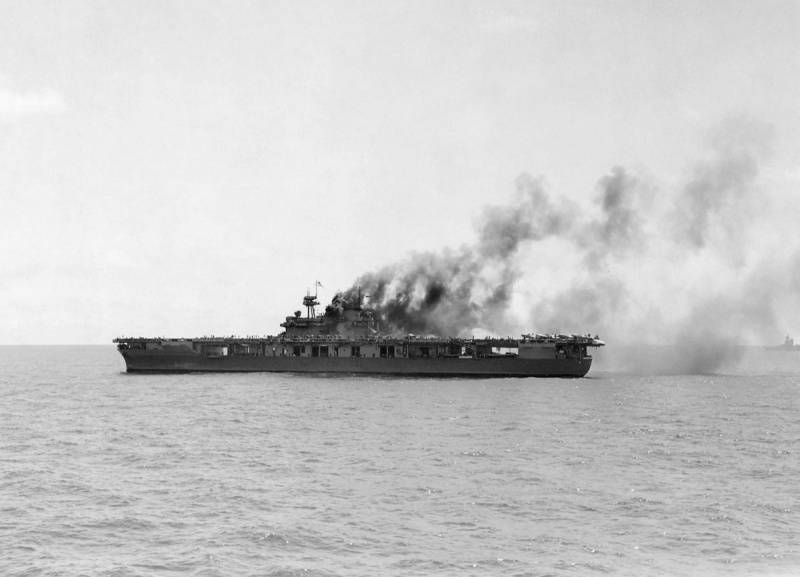
On December 7, Kamikaze on the "Comets" took part in an attempt to repel an American landing in Oromo Bay. Two aircraft sank the destroyer "Mahen", and three more - the high-speed landing transport "Ward". The medium landing ship LSM-318 was also sunk, and three others were damaged.
On January 4, 1945, the D4Y, piloted by Lieutenant Kazama, crashed into the Omani Bay escort aircraft carrier. The bomb from the dive dropped from the holders and through the shaft of the aircraft lift fell onto the hangar deck, causing the destruction of gas tanks and ammunition.
After 18 minutes, the aircraft carrier turned into a huge flaming bonfire. It was not possible to save the ship, but the evacuation of personnel was carried out in an exemplary manner and the losses were minimized: a total of 23 dead and 65 wounded. The burned-out hull of the ship was subsequently flooded with torpedoes from the escort destroyer.
In total, during the battles for the Philippines, the kamikaze sank 28 ships and damaged over 80. A significant part of these successes was achieved by the Komet pilots.
Well, it’s worth mentioning the last, fourth modification of the Comet. D4Y4 - "dive bomber type 2 model 43".
The Japanese command decided on the need to increase the shock load and realize the suspension under the fuselage of a bomb weighing 800 kg. I had to dismantle the flaps of the bomb bay, because the bomb protruded beyond the contours of the fuselage, and strengthen the chassis.
Finally, after all the color of Japanese naval aviation had already been lost, they thought about survivability. This is the case when “better late than never” does not play. It was too late. But the D4Y4 finally installed the armor - the 7-mm armored pilot seat and 75-mm frontal armored glass. On this decided that enough.
The capacity of the fuel tanks was increased to 1345 liters, and the tanks themselves were protected.
Let me remind you, it was in 1945. Such innovations ...
But the frankly stupid enthusiasm for kamikaze tactics led to the fact that the normal D4Y4 released about three hundred, and then went on to a series of kamikaze freak-bearer.
Single option. The glass of the large cabin in the rear was replaced with metal sheets, the bombing device that was no longer needed was removed, and the radio station was removed. They stopped installing machine guns, as the rear, so they soon abandoned the front. Some of the machines were equipped with three solid fuel boosters. Now they could be used not only to facilitate the launch, but also to increase the speed of the aircraft in diving, in order to strengthen the blow.
Despite the approach of the disaster, the Japanese military-political leadership in the spring of 1945 continued to harbor the illusion of a revival of the former power of the fleet. In particular, it was planned to build 19 aircraft carriers of the Tycho and Unryu types, and new aircraft were designed for this armada.
So the last modification of the “Comet” appeared - D4Y5, aka “dive bomber type 2 model 54”.
But the war ended faster than the prototype of the aircraft was built, we simply will not say anything about 19 attack aircraft carriers, because even at the time of the idea of their construction everything looked completely frivolous.
So only kamikaze attacks looked serious.
The year 1945 was generally the year of the kamikaze benefit.
The Langley and Ticonderoga aircraft carriers, the Maddock and Halsey Powell destroyers, the Indianapolis cruiser were completely disabled and met the end of the war during repairs after the kamikaze attacks. The Bismarck Sea escort carrier was less fortunate and he sank.
Four kamikazes damaged the heavy aircraft carrier Saratoga. The aircraft carrier withstood kamikaze hit, but completely lost its combat readiness and went for repairs in the United States.
It is worth noting that the Suisey / Comet was the second most popular kamikaze aircraft after the Zero. Sometimes, when the aircraft "worked" together, it is difficult to determine who struck, but there are a number of cases where the participation of D4Y is confirmed.
Kamikaze on the D4Y damaged the battleship Maryland and the Hancock aircraft carrier, sank the destroyer Mannert L. Abel, two D4Y crashed into the deck of the Enterprise carrier, once again damaging the ship.
But even the tactics of kamikaze with solid fuel boosters proved powerless against the air defense of American ships and fighters.
But in fact, the result of the use of D4Y as an ordinary bomber and kamikaze, we can say that the aircraft was very productive. In total, about 2 D000Ys of all modifications were produced, and if we estimate at least approximately the damage they caused, we can say that the aircraft was more than useful.
But nailing with a microscope - unfortunately, this turned out to be the lot of this very promising aircraft. Like any German-designed car, the comet's modernization potential was, and was not bad. But it turned out that this plane was made a carrier of kamikaze. But such is the lot of the losers, obsessed with the idea of a total war of annihilation.
And the plane was very good. Mr. Heinkel could have put himself a plus. Not for He.118, but for D4Y.
LTX D4Y2
Wingspan, m: 11,50
Length, m: 10,22
Height, m: 3,175
Wing area, м2: 23,60
Weight, kg
- empty aircraft: 2640
- normal takeoff: 4353
Engine: 1 x Aichi AE1P Atsuta 32 x 1400 hp
Maximum speed km / h: 579
Cruising speed, km / h: 425
Practical range, km: 3600
Combat range, km:
- normal: 1520
- with two PTB: 2390
Practical ceiling, m: 10 700
Crew, prs: 2
Armament: 2 x 7,7 mm Type 97 synchronized machine guns, 1 x 7,7 mm Type 92 machine gun on a defensive installation in the rear cockpit, 1 x 250 or 1 x 500 kg bomb in the bomb bay.
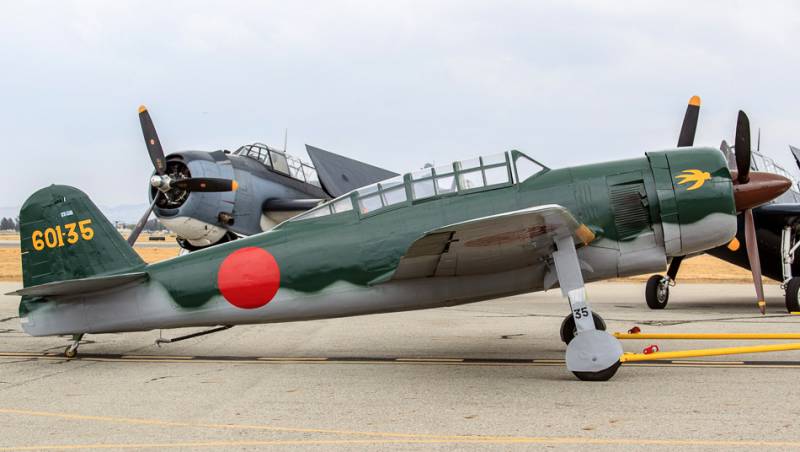
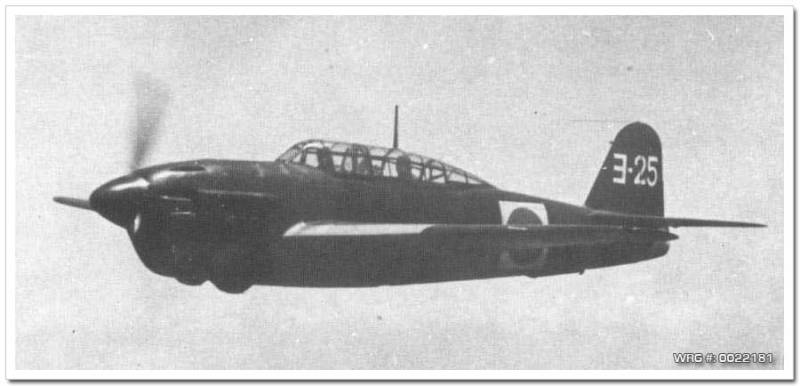
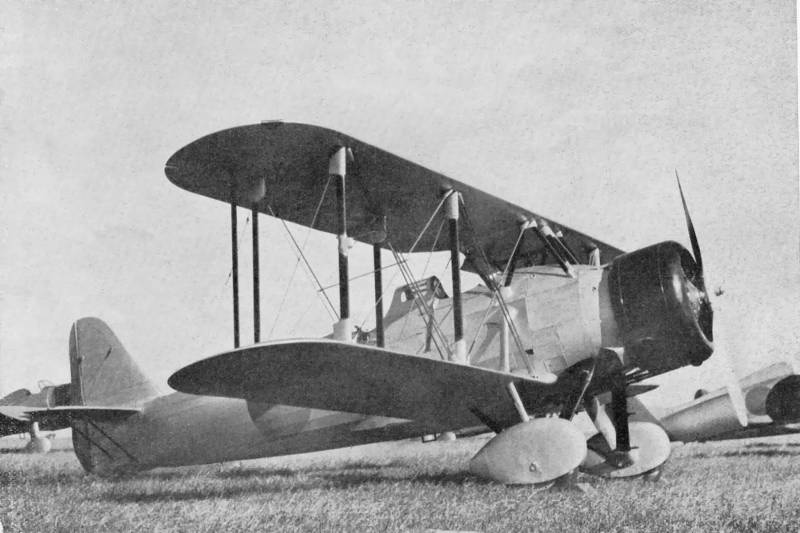
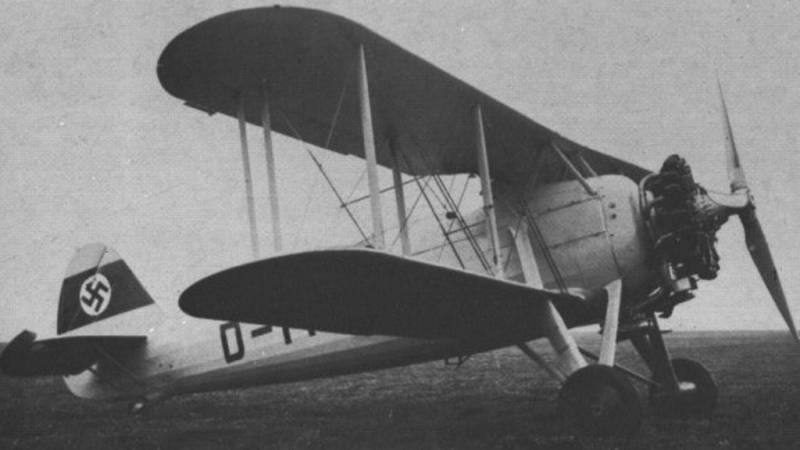
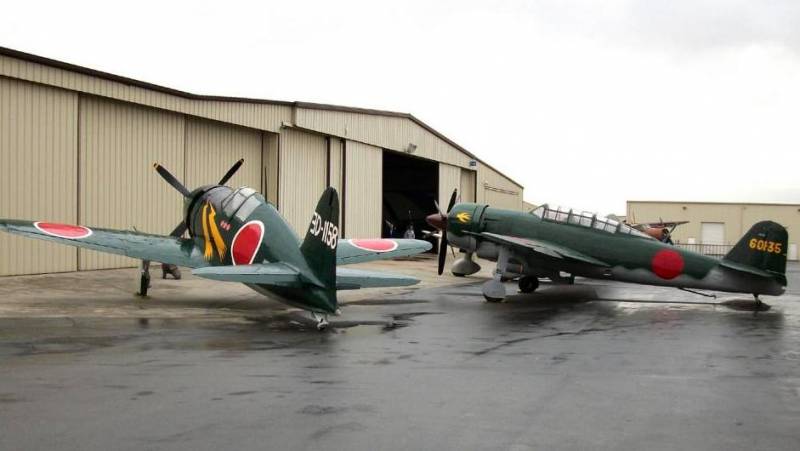
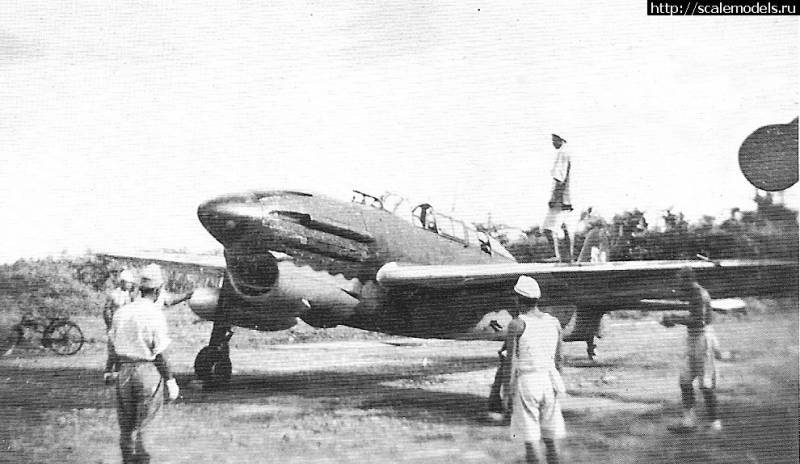
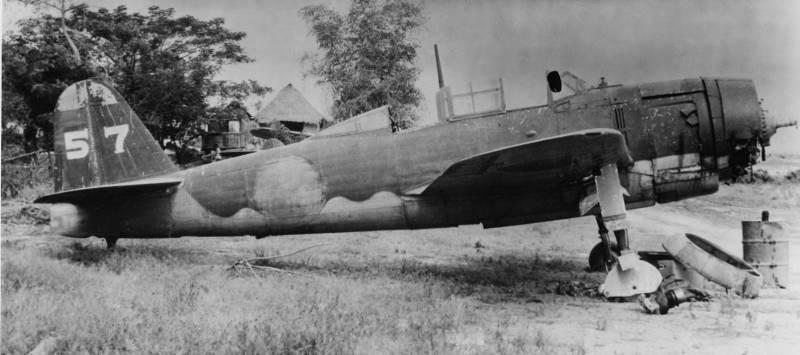
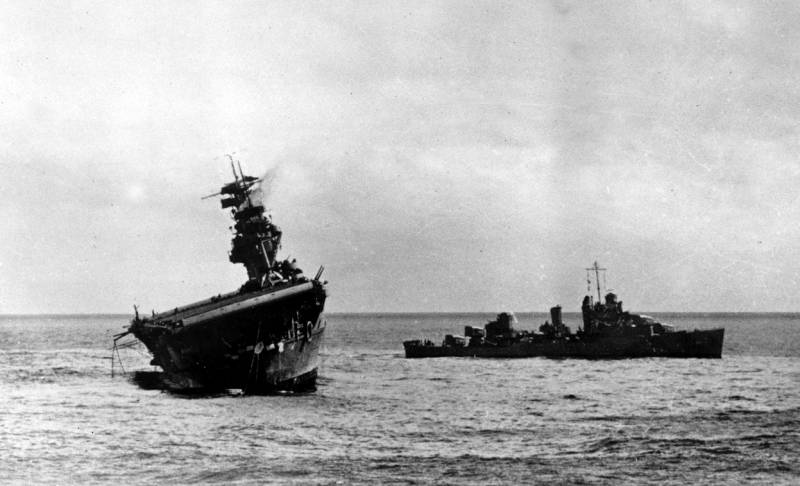
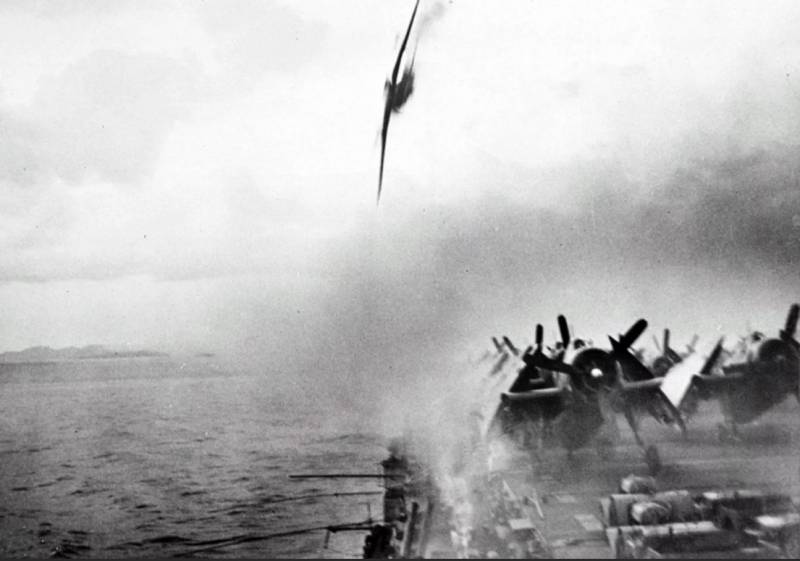
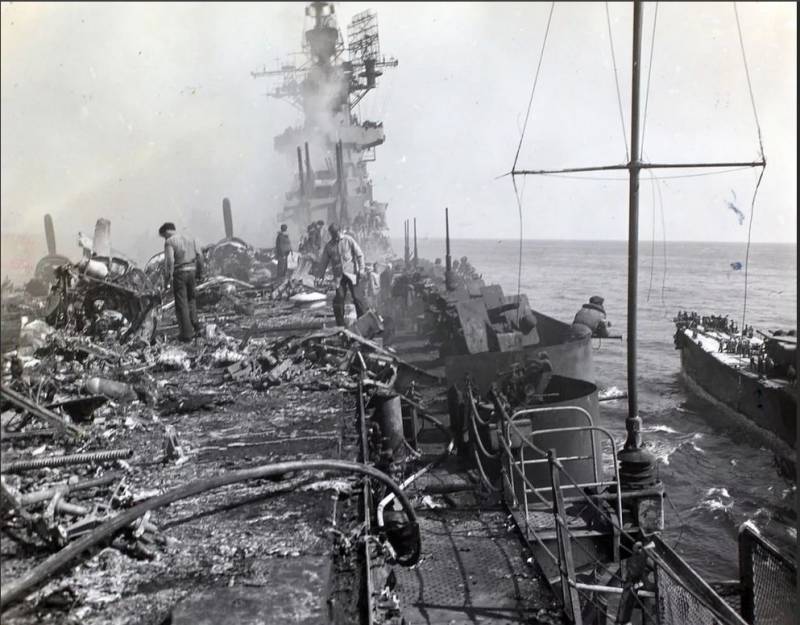
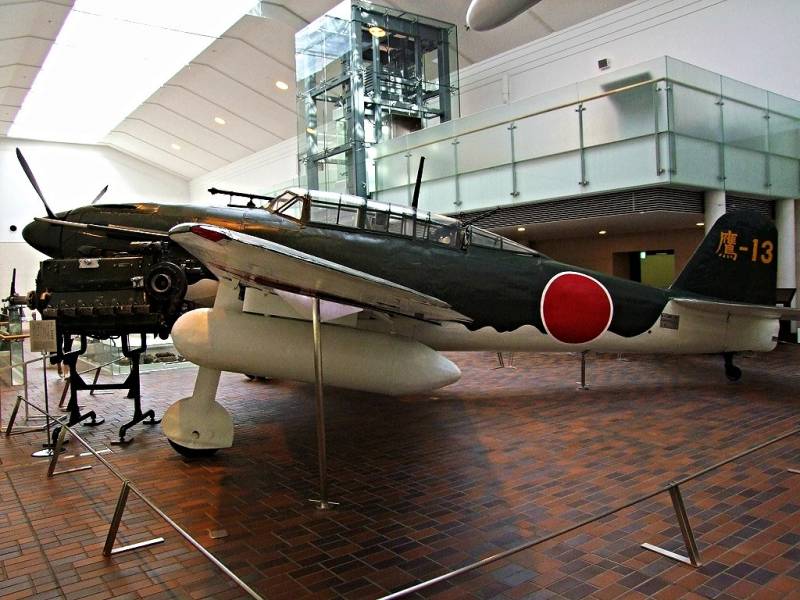
Information